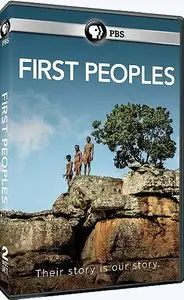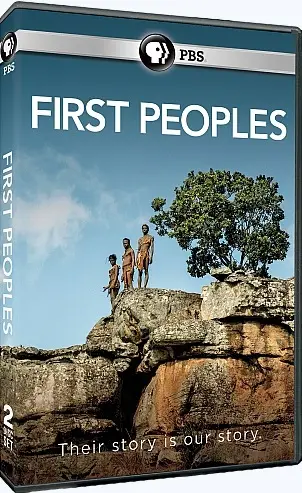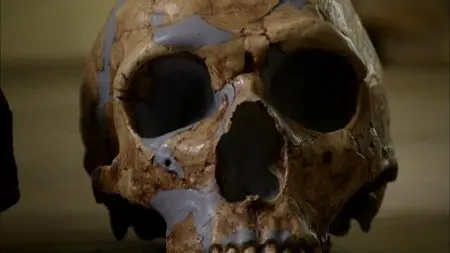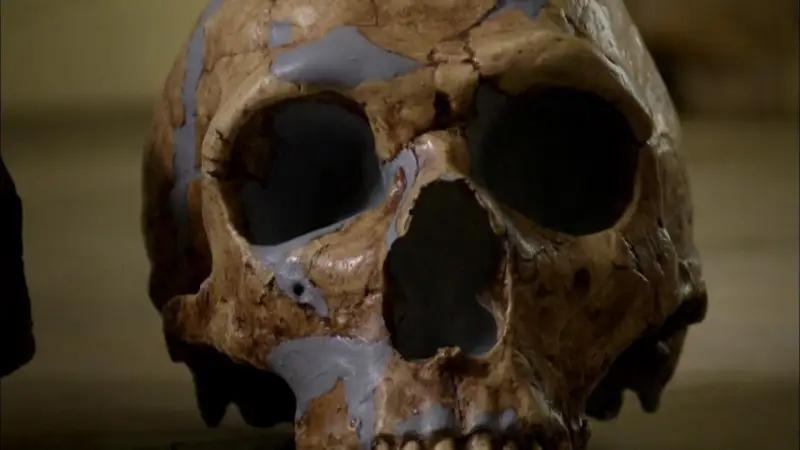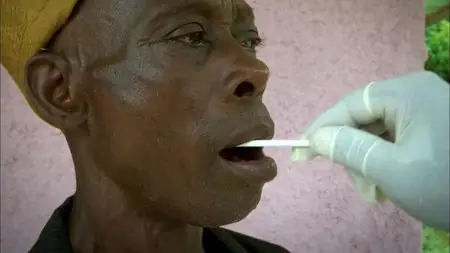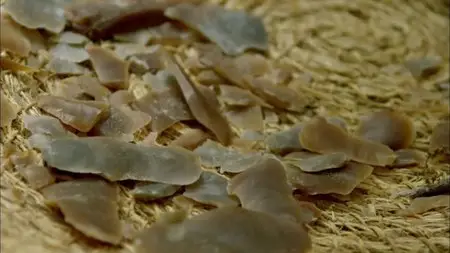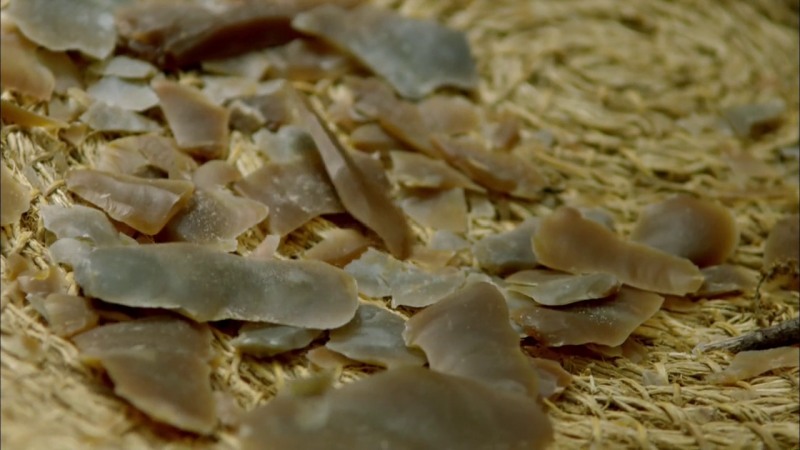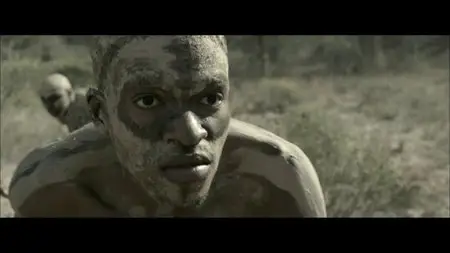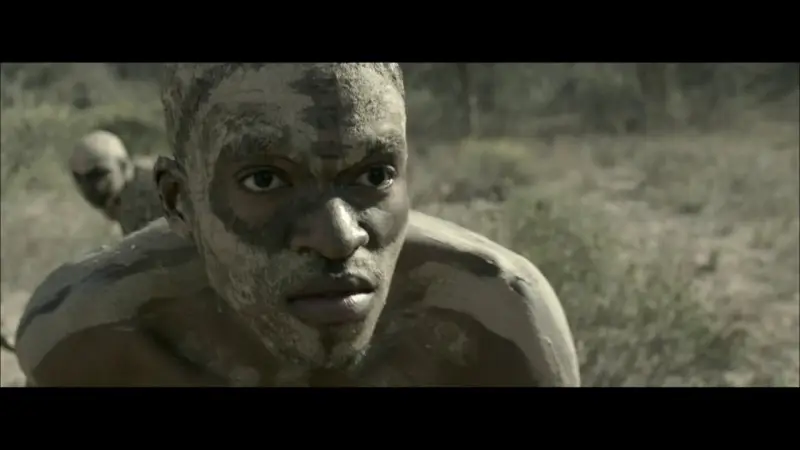PBS - First Peoples (2015)
HDTV | 1280x720 | .MP4/AVC @ 1841 Kbps | 5x~54min | Audio: English AAC 152 kbps, 2 channels | Subs: English | 3.86 GiB
Genre: Documentary
200,000 years ago we took our first steps in Africa. Today there are 7 billion of us living across the planet. How did our ancestors spread from continent to continent? This is a global detective story, featuring the latest archaeological discoveries and genetic research. On each continent, we track down the earliest members of our species, Homo sapiens. Who were these First Peoples? What drove them to the ends of the earth?Part 1: Americas
As early humans spread out across the world, their toughest challenge was colonizing the Americas — because a huge ice sheet blocked the route. It has long been thought that the pioneers, known as Clovis people, arrived about 13,000 years ago, but an underwater discovery in Mexico suggests people arrived earlier than previously thought — and by boat, not on foot. How closely related were these First Americans to today’s Native Americans? It’s a controversial matter, focused on Kennewick Man. Few other skeletons engender such strong feelings.
Part 2: Africa
Around 200,000 years ago, a new species, Homo sapiens, appeared on the African landscape. While scientists have imagined eastern Africa as a real-life Garden of Eden, the latest research suggests humans evolved in many places across the continent at the same time. DNA from a 19th-century African-American slave is forcing geneticists to re-think the origins of our species. The theory is that our ancestors met, mated and hybridized with other human types in Africa — creating ever greater diversity within our species.
Part 3: Asia
What happened when early humans ventured out of Africa and into Asia? Where did they go and whom did they meet along the way? The latest evidence suggests they left far earlier than previously thought and interbred with other types of ancient human - Homo erectus, Neanderthals and also the Denisovans, whose existence was established only five years ago when geneticists extracted DNA from a tiny fragment of finger bone. Because these ancient humans mated with our ancestors, their genes have found a home in our DNA. More than that, they’ve helped us survive and thrive.
Part 4: Australia
When Homo sapiens arrived in Australia, they were, for the first time, truly alone, surrounded by wildly different flora and fauna. How did they survive and populate a continent? There is a close cultural and genetic link between the First Australians and modern-day Aborigines. The ancient and modern story intersect here as nowhere else in the world. The secret to this continuity is diversity. Intuitively, they found the right balance between being separate and connected.
Part 5: Europe
When Homo sapiens turned up in prehistoric Europe, they ran into the Neanderthals. The two types of human were similar enough to interbreed — and both created artifacts of similar complexity. But as more and more Homo sapiens moved into Europe, the balance of power shifted. Neanderthals were overwhelmed. Ever since, we’ve had Europe and the rest of the world to ourselves.
General
Complete name : PBS.First.Peoples.1of5.Americas.mp4
Format : MPEG-4
Format profile : Base Media
Codec ID : isom
File size : 777 MiB
Duration : 54mn 26s
Overall bit rate mode : Variable
Overall bit rate : 1 997 Kbps
Encoded date : UTC 2015-06-26 09:47:34
Tagged date : UTC 2015-06-26 09:47:34
Video
ID : 1
Format : AVC
Format/Info : Advanced Video Codec
Format profile : High@L4.1
Format settings, CABAC : Yes
Format settings, ReFrames : 9 frames
Codec ID : avc1
Codec ID/Info : Advanced Video Coding
Duration : 54mn 26s
Bit rate : 1 841 Kbps
Maximum bit rate : 14.9 Mbps
Width : 1 280 pixels
Height : 720 pixels
Display aspect ratio : 16:9
Frame rate mode : Constant
Frame rate : 25.000 fps
Color space : YUV
Chroma subsampling : 4:2:0
Bit depth : 8 bits
Scan type : Progressive
Bits/(Pixel*Frame) : 0.080
Stream size : 717 MiB (92%)
Writing library : x264 core 146 r2538 121396c
Encoding settings : cabac=1 / ref=9 / deblock=1:-3:-3 / analyse=0x3:0x133 / me=umh / subme=10 / psy=1 / psy_rd=1.10:0.10 / mixed_ref=1 / me_range=24 / chroma_me=1 / trellis=2 / 8x8dct=1 / cqm=0 / deadzone=21,11 / fast_pskip=0 / chroma_qp_offset=-3 / threads=3 / lookahead_threads=1 / sliced_threads=0 / nr=0 / decimate=1 / interlaced=0 / bluray_compat=0 / constrained_intra=0 / bframes=9 / b_pyramid=2 / b_adapt=2 / b_bias=0 / direct=3 / weightb=1 / open_gop=0 / weightp=2 / keyint=300 / keyint_min=25 / scenecut=40 / intra_refresh=0 / rc_lookahead=60 / rc=crf / mbtree=1 / crf=21.0 / qcomp=0.60 / qpmin=0 / qpmax=69 / qpstep=4 / vbv_maxrate=62500 / vbv_bufsize=78125 / crf_max=0.0 / nal_hrd=none / filler=0 / ip_ratio=1.40 / aq=1:1.00
Encoded date : UTC 2015-06-26 08:19:05
Tagged date : UTC 2015-06-26 09:47:39
Audio
ID : 2
Format : AAC
Format/Info : Advanced Audio Codec
Format profile : LC
Codec ID : 40
Duration : 54mn 26s
Bit rate mode : Variable
Bit rate : 152 Kbps
Maximum bit rate : 188 Kbps
Channel(s) : 2 channels
Channel positions : Front: L R
Sampling rate : 48.0 KHz
Compression mode : Lossy
Stream size : 59.2 MiB (8%)
Language : English
Encoded date : UTC 2015-06-26 09:41:34
Tagged date : UTC 2015-06-26 09:47:39
Text
ID : 3
Format : Timed text
Codec ID : tx3g
Duration : 54mn 13s
Bit rate mode : Variable
Bit rate : 99 bps
Stream size : 39.5 KiB (0%)
Language : English
Encoded date : UTC 2015-06-26 09:47:39
Tagged date : UTC 2015-06-26 09:47:39
Screenshots:


